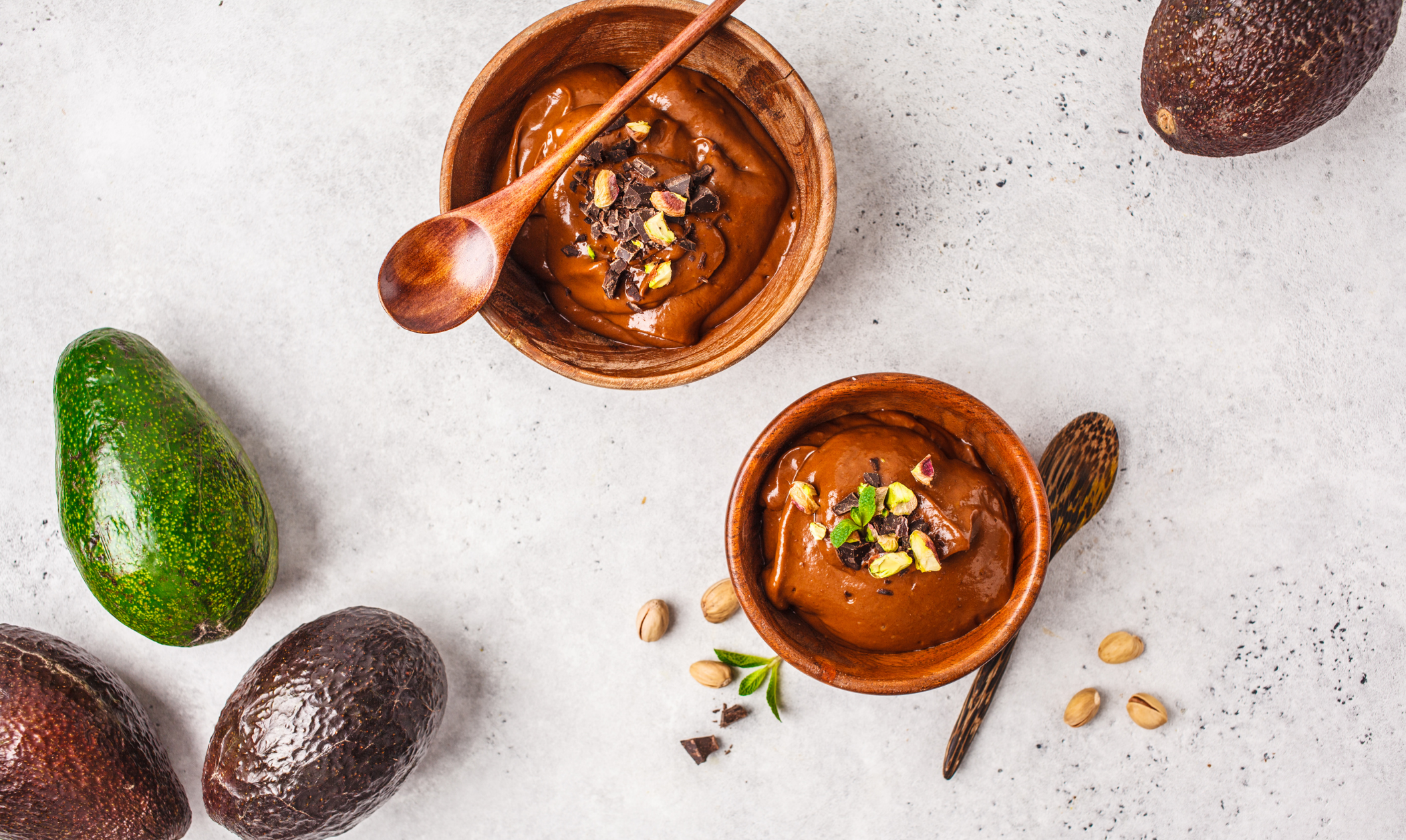Reaching for your favorite treat just got sweeter. Find out how chocolate can positively impact your health in a big way.
If the taste and aroma of chocolate make you weak in the knees, chances are you are one of the 265 million chocolate lovers who consumed the popular confectionery in America last year. Happily, it appears that chocolate does more than just tantalize our senses and make us feel good. Experts say this decadent treat may also promote a number of health benefits. But not all chocolate is created equal. Read on to find out how to indulge the healthy way.
The power of polyphenols
Chocolate’s health claims stem from its high polyphenol content, a group of compounds found in the cocoa bean and other plant foods like vegetables and fruits, legumes, black and green tea, and red wine. Hailed for their powerful antioxidant properties, polyphenols bolster health due to their cancer-fighting, anti-inflammatory, and antibacterial qualities. Dark chocolate is especially rich in polyphenols called flavanols, and as such, scientists have found that consuming dark chocolate flavanols is linked to the reduced risk of common heart conditions including cardiovascular disease, high blood pressure, and high cholesterol.
How does chocolate support the heart?
Experts believe that polyphenols’ real impact occurs within our endothelium, the membrane of cells that lines the inner surface of our blood vessels. The endothelium is critical because it controls the amount that the vessels constrict and therefore how effectively blood can flow through them. When the endothelium releases a molecule called nitric oxide, the inner muscles of the vessels relax and open, allowing for an increase in blood flow. When nitric oxide is deficient and blood flow is constricted, cardiovascular conditions like high blood pressure can result. So how does this relate to chocolate? The flavanols in dark chocolate help activate the release of nitric oxide, causing the vessels to widen to support an increase in blood flow. Improved circulation is highly beneficial for your heart because it reduces blood pressure, can lower cholesterol, and can also prevent the blood from clotting.

Can chocolate play a role in managing blood sugar?
Nitric oxide is a key player in regulating the health of our vessels, but research shows it can influence insulin’s ability to control our blood sugar as well. Insulin can induce vessel-widening effects by generating nitric oxide, but when insulin is resisted, the release of nitric oxide is impaired. When this occurs, the decrease in blood flow that follows prevents insulin’s ability to efficiently transport sugar in the blood to the cells, leading to an elevation of blood sugar. People with type 2 diabetes are resistant to insulin and are in fact shown to have reduced nitric oxide activity. The good news? Dark chocolate’s nitric oxide-boosting can improve blood flow, helping to reduce insulin resistance and decrease blood sugar levels.
Does eating chocolate carry any risks?
Not all chocolate is healthy. In its primitive cocoa bean state, milk chocolate, the most enjoyed form of chocolate, is intensely bitter. Chocolate makers add sugar and milk to transform it into the delicious treat we know and love. The problem? The processing involved not only reduces the amount of beneficial flavanols in the chocolate, it also increases sugar and saturated fat intake considerably. Because of this, milk chocolate may lead to weight gain and negate or even reverse any health boosting properties for your heart and blood sugar.

Tips for healthy chocolate eating
Þ Go for the dark. To reap maximum health benefits, stick to dark chocolate. It has little to no sugar and retains the most amount of flavanols. Milk chocolate is higher in calories and contains much less flavanols. White chocolate is also caloric, contains no flavanols, and has not been linked with health benefits.
Þ Consume at least 60% cacao. Data suggests that eating up to 2 grams of dark chocolate containing 60% cacao or more is optimal for preventing heart disease.
Þ Supplement with cocoa powder. Adding 2.5 grams of unsweetened cocoa powder to your food is an easy and delicious way to boost flavanol intake. Mix the powder into your morning smoothie, stir it into your oatmeal, or use it to top off your berries or low-fat yogurt.
Þ Do not forgo healthy eating. Dark chocolate should never substitute healthy eating for heart health, steady blood sugar, and weight loss. Consuming a variety of fruits, vegetables, whole grains, legumes, and lean protein is always your first line of defense when it comes to your health.
Need inspiration in the kitchen for some chocolatey goodness? Enjoy this heart-healthy avocado chocolate mousse using nutritious cocoa powder for a decadent treat.

Avocado Chocolate Mousse
Serves 2
Ingredients:
1 ripe avocado, peeled and de-pitted
2 tablespoons unsweetened cocoa powder
2 to 3 tablespoons maple syrup
1/2 teaspoon vanilla
pinch of salt
2 tablespoons water (or more as needed to blend)
Instructions:
Blend all ingredients in a food processor until smooth. Refrigerate for 30 minutes until chilled if desired.





